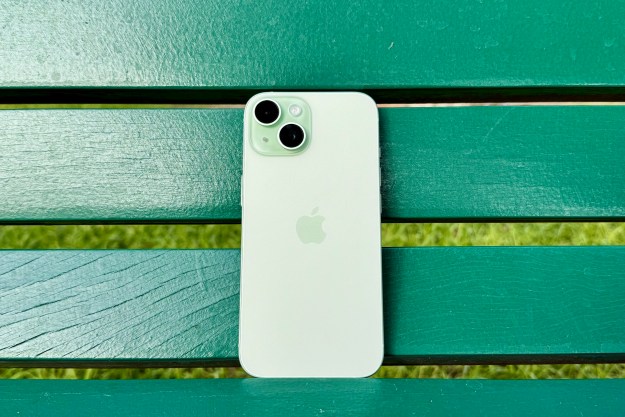![]() Having been downloaded to Android smartphones some nine million times, it’s safe to say that the Dolphin Browser has been something of a success for developer MoboTap. And from today the free app is also available for Apple’s mobile devices.
Having been downloaded to Android smartphones some nine million times, it’s safe to say that the Dolphin Browser has been something of a success for developer MoboTap. And from today the free app is also available for Apple’s mobile devices.
The new iOS app brings with it many of the features enjoyed by Android users and will compete for attention with the likes of iPhone’s native Safari browser and the third-party Opera Mini option.
A popular feature of MoboTap’s browser not found on others is its gestures capability. This enables you to navigate the web with a quick swipe of the finger. For example, make a “v” gesture on the screen and you’ll be swiftly taken to the bottom of the web page.
You’ll find a gesture list within the app showing you the swipes you need to make in order to perform functions such as refresh a web page, open a new tab and add a bookmark. You can even add new gestures for new functions – how about a “D” for the Digital Trends homepage?
The browser also features what its developers call Webzine. This allows you to populate a page with thumbnails from a list of more than 100 popular websites. Click on a thumbnail and you’ll be taken to a simplified version of the webpage, drawn from the site’s RSS feed, allowing for a less cluttered reading experience.
Other features include:
- Speed Dial: “Put favorite sites on Speed Dial. Stop looking around in your bookmarks. Forget about typing out long URL. Just put your favorite sites on Speed Dial.”
- Tabbed browsing: “Real tabbed browsing. Feel like you are on a desktop. Add tabs within Dolphin just like you would on a desktop.”
- Sidebar: “We implemented two side bars for you to access Bookmark and Tool Bar without going through complicated clicks.”
The new iOS app is compatible with iPhone, iPod touch, and iPad devices and requires iOS 4.0 or later. If you want to find out more, click here to see its iTunes preview page. Give it a go and let us know what you think.
Editors' Recommendations
- Best Apple deals: Save on AirPods, Apple Watch, iPad, MacBook
- How to schedule a text message on your iPhone
- This one Apple Fitness feature completely changed how I exercise
- Best refurbished iPhone deals: Get an iPhone 14 for $513
- We finally know when Apple will announce its 2024 iPads


